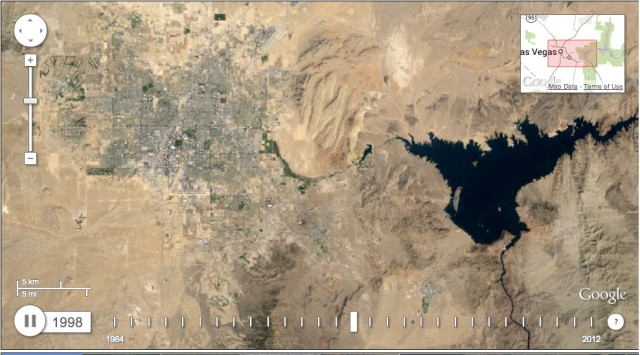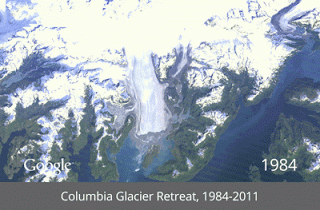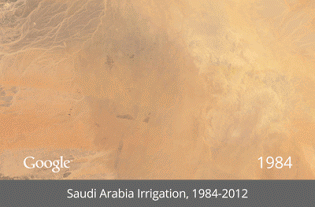New NASA satellite to continue half a century of changing Earth observations
"Landsat has provided a critical reference for assessing long-term changes."
"Landsat has provided a critical reference for assessing long-term changes to Earth's land environment due to both natural and human forcing," scientists concluded in the journal Remote Sensing of Environment, in 2020. . ."
____________________________________________________________________________
RELATED CONTENT 2021
First-ever water cuts declared for Colorado River in historic drought
____________________________________________________________________________
Biz & IT —
How Google built a 52-terapixel time-lapse portrait of Earth
30-meter-per-pixel video of entire planet.

>> The report continues ". . .Over 40 years of NASA satellite data has been "ingested into Earth engine," said Sargent. "That's been married to Google's compute infrastructure, so you can detect deforestation or find land use changes."

Sargent and the Earth Engine team used 909 terabytes of data from the Landsat 4, 5, and 7 satellites—with each of the million images weighing in at more than 100 megapixels.
Landsat's polar orbit allows each satellite to take a full set of images of the Earth's surface every 16 days. But not all of those images are keepers due to weather and other factors. "It's not as easy as just lining up the pixels," Sargent said. "Most of the challenges involved dealing with the atmosphere—if it's cloudy, you're not seeing anything. And if it's hazy, you have to look through it. So we had to build mosaics that excluded cloudy images and then correct for haze." . .
 Time Machine ingests very high-resolution videos and converts them into multiple overlapping multi-resolution video tiles delivered as a stream, using a manipulation of HTML5's video tag in a way similar to how Google uses HTML image tags to pan and zoom in Google Maps.
Time Machine ingests very high-resolution videos and converts them into multiple overlapping multi-resolution video tiles delivered as a stream, using a manipulation of HTML5's video tag in a way similar to how Google uses HTML image tags to pan and zoom in Google Maps.
Previous Time Machine projects had handled videos with billions of pixels of resolution. But Time-Lapse Earth pushed the envelope for Time Machine because of the size of the data. The 30-meter-per-pixel video was generated from 29 Mercator-projected mosaics created by Earth Engine, and each frame had 1.78 trillion pixels.






No comments:
Post a Comment